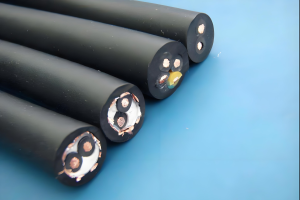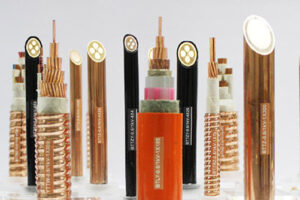Impact of Artificial Intelligence on Electrical Engineering
Introduction Artificial Intelligence (AI) has permeated numerous industries, revolutionizing processes, enhancing efficiency, and enabling new innovations. Among these industries, electrical engineering has emerged as a significant beneficiary of AI’s transformative capabilities. From power systems management to predictive maintenance, AI’s applications are reshaping the landscape of electrical engineering. This essay explores … Read more










